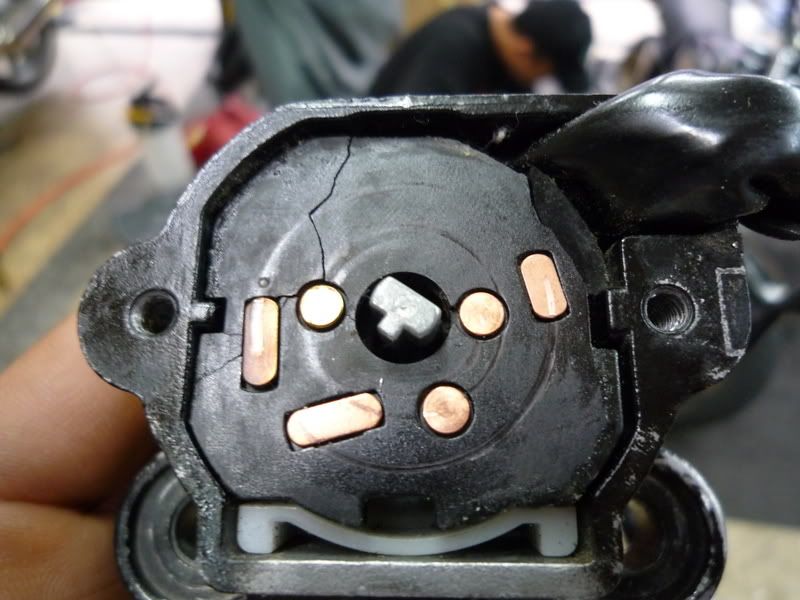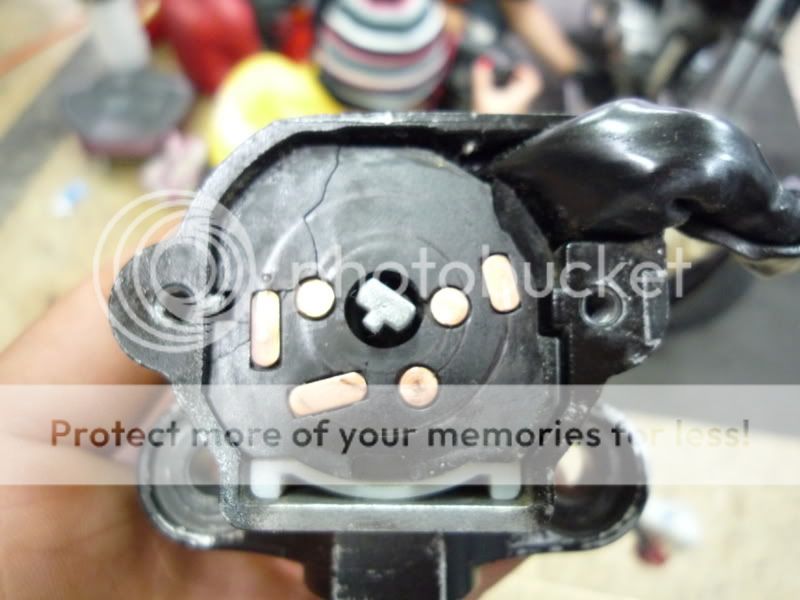1) 2006
2) 7000miles
3) While making a slow left hand turn
4) Red was partially connected
5) Katy Yamaha in Texas, replaced ignition assembly...great new shop!
6) 7 days in shop waiting on parts just an hour or 2 to change it, plus while the tank had to be lifted I had him synch throttle bodied
7) Yes Warranty
8) Relay for accessories, no other direct power
9) They said i would have 2 keys but after reading this forum, I told him how to split the housing and puu the tumbers out and switch it..so one key!! Thanks forum!
This was a major hassle for me, the bike took a fall to the left and scratched it up some, had to borrow my wifes truck, load bike take to dealer 45 min drive then pick up later with her driving me to the dealer. Plus I have lost trust in my bike! :dribble:
2) 7000miles
3) While making a slow left hand turn
4) Red was partially connected
5) Katy Yamaha in Texas, replaced ignition assembly...great new shop!
6) 7 days in shop waiting on parts just an hour or 2 to change it, plus while the tank had to be lifted I had him synch throttle bodied
7) Yes Warranty
8) Relay for accessories, no other direct power
9) They said i would have 2 keys but after reading this forum, I told him how to split the housing and puu the tumbers out and switch it..so one key!! Thanks forum!
This was a major hassle for me, the bike took a fall to the left and scratched it up some, had to borrow my wifes truck, load bike take to dealer 45 min drive then pick up later with her driving me to the dealer. Plus I have lost trust in my bike! :dribble:














































